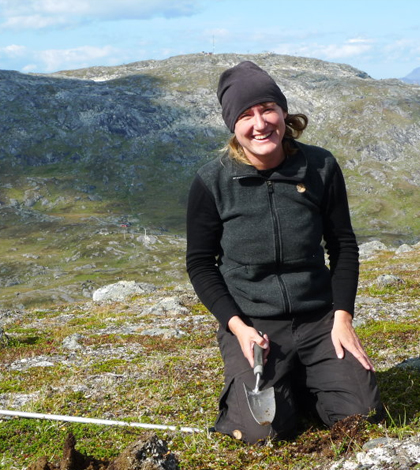Soil Frost May Determine Emissions Released From Arctic Soil

Marina Becher, doctoral student at Umeå University. (Credit: Gustaf Peterson)
The Arctic is well known as a carbon sink, as the cold causes a slowdown of decomposition for organic matter, holding carbon in animal and plant matter in the soil for a much longer time than in warmer climates. Global warming, it is feared, will cause thaw of the carbon-storing soil, exacerbating climate change phenomena.
However, as a release from Umeå universitet reveals, the key to understanding how much carbon may be released from Arctic soil lies in understanding soil frost processes, an area of study still in its early stages. The frequency and severity of soil frost are factors that influence how much carbon the soil retains. Depending on the nature of the soil frost process, soil may lose its capacity to take in more carbon or lose carbon it already has.
Damage of plants in the soil due to frost can be a factor, as the plant’s ability to conduct photosynthesis can be jeopardized. Soil frost processes can also determine where organic matter goes in the soil, and if it goes back to the surface due to frost processes, the carbon stored in the organic matter can be lost.
Top image: Marina Becher, doctoral student at Umeå University. (Credit: Gustaf Peterson)





0 comments